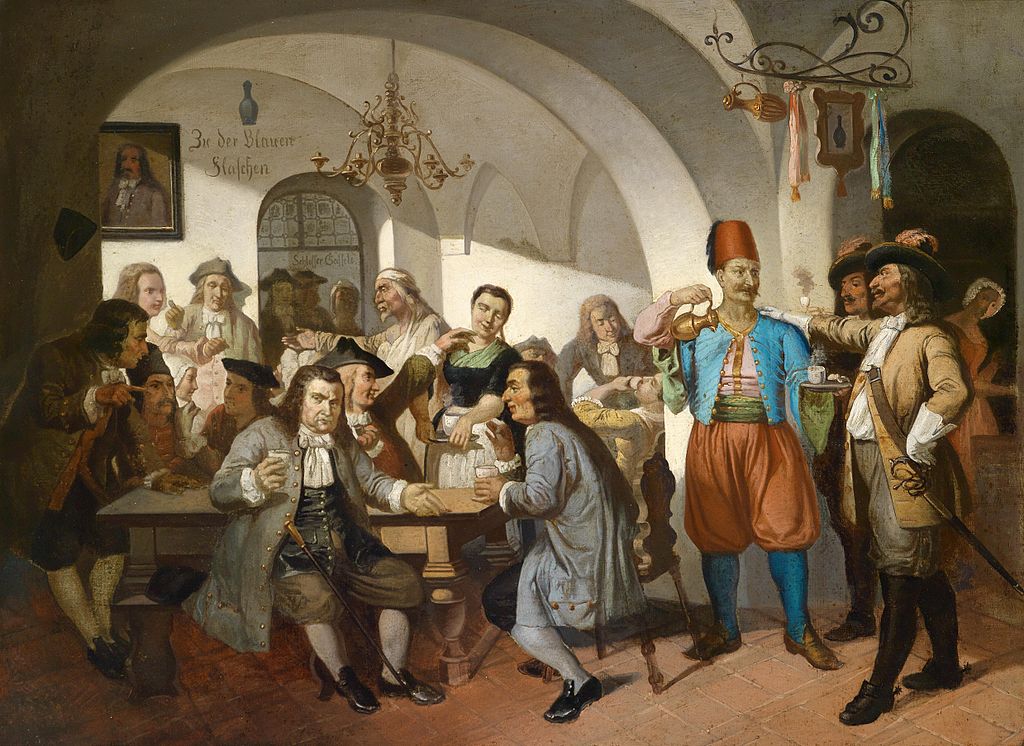
Vienna Coffeehouse Scenery “Zu den blauen Flaschen”
On January 17, 1685, Armenian merchant Johannes Diodato (Johannes Theodat) was granted the privilege to serve coffee in the city of Vienna, the former capital of the Holy Roman empire. Thereby, Johannes Diodato opened the very first coffeehouse in Vienna and the habit of coffee drinking soon spread over Europe.
Science and Coffee
Of course we all know coffee. But, not all of us really do love coffee. Before starting my work in the office every day, I have to drink an espresso to finish my daily breakfast and I am really fond of it. Without coffee – as is the saying among us scientists – science is not possible. Hungarian mathematician Alfréd Rényi has been quoted :
“A mathematician is a device for turning coffee into theorems.” [6]
But, why are we so fond of coffee? Coffee is nothing else but a brewed beverage with a distinct aroma and flavor, prepared from the roasted seeds of the Coffea plant. The seeds are found in coffee “cherries”, which grow on trees cultivated in over 70 countries. the unroasted green coffee beans are one of the most traded agricultural commodities in the world. Coffee can have a stimulating effect on humans because of its caffeine content and it is one of the most consumed drinks in the world.
Some Coffee History
The energizing effect of wild coffee was likely first discovered in the northeast region of Ethiopia, whereas coffee cultivation first took place in southern Arabia. When the consume of coffee really started is subject to argument. The earliest credible evidence of coffee-drinking appears in the middle of the 15th century in the Sufi shrines of Yemen. It was here in Arabia that coffee seeds were first roasted and brewed, in a similar way to how it is now prepared. Various legends involving the introduction of coffee to Istanbul at a “Kiva Han” in the late 15th century circulate in culinary tradition, but with no documentation.
In 1583, Leonhard Rauwolf, a German physician, gave this description of coffee after returning from a ten-year trip to the Near East:
‘A beverage as black as ink, useful against numerous illnesses, particularly those of the stomach. Its consumers take it in the morning, quite frankly, in a porcelain cup that is passed around and from which each one drinks a cupful. It is composed of water and the fruit from a bush called bunnu.’ – Léonard Rauwolf, Reise in die Morgenländer
Coffee Houses
Coffeehouses in Arabia soon became a concern as places for political gatherings to the imams who banned them, and the drink, for Muslims between 1512 and 1524. In 1530, the first coffee house was opened in Damascus, and not long after there were also many coffee houses in Cairo. According to the Ottoman chronicler Ibrahim Peçevi the first European coffeehouse in Istanbul opened already in 1556.
The first European coffee houses in Europe outside the Ottoman Empire were established in Venice due to the traffic between La Serenissima and the Ottomans in 1645. In the following the first English coffee house opened in Oxford in 1652. From 1670 to 1685 the amount London coffee-houses began to multiply, and also began to gain political importance due to their popularity as places of debate. By 1675, there were more than 3,000 coffeehouses in England.
Pasqua Rosée also established the first coffeehouse in Paris in 1672 that still exists today and was a major meeting place of the French Enlightenment; Voltaire, Rousseau, and Denis Diderot frequented it, and it is arguably the birthplace of the Encyclopédie [4,5,7], the first modern encyclopedia. America had its first coffeehouse in Boston, in 1676.
“I have measured out my life with coffee spoons (…)”
T.S. Eliot, “The Love Song of J. Alfred Prufrock,” line 51
Coffee and Vienna
Viennese cafés have an extremely long and distinguished history that also dates back centuries, and the caffeine addictions of some famous historical patrons of the oldest are something of a local legend. These coffee houses are unique to Vienna and many cities have unsuccessfully sought to copy them. Traditionally, the coffee comes with a glass of water.
Viennese cafés claim to have invented the process of filtering coffee from booty captured after the second Turkish siege in 1683. Viennese cafés claim that when the invading Turks left Vienna, they abandoned hundreds of sacks of coffee beans, strange beans that they initially thought were camel feed and wanted to burn. The Polish King Jan III Sobieski, the commander of the anti-Turkish coalition of Poles, Germans, and Austrians, gave one of his officers named Jerzy Franciszek Kulczycki some of this coffee as a reward for providing information that allowed him to defeat the Turks. Kulczycki – as the story is told – then opened Vienna’s first coffee shop. But the truth of this story is often doubted. This story was published by the Catholic Priest Gottfried Uhlich in 1783 in his History of the second Turkish Siege, and he took some liberties. In reality, Kulczycki’s coffee house missed being the first by more than a year. A more factual account has been reported by Karl Teply.
“The influence of coffee in stimulating the genital organs is notorious.”
John Harvey Kellogg (1877) Plain facts for old and young : embracing the natural history and hygiene of organic life.
After some experimentation, the legend goes on, Kulczycki added some sugar and milk, and the Viennese coffee tradition was born. This achievement has been recognized in many modern Viennese coffeehouses by hanging a picture of Kulczycki in the window. Another account is that Kulczycki, having spent two years in Ottoman captivity, knew perfectly well what coffee really was and tricked his superiors into granting him the beans that were considered worthless.
The first registered coffee house in Vienna
The first registered coffee house in Vienna was founded by the Armenian Johannes Theodat (also known as Johannes Diodato) in 1685. Diodato served as a courier for Vienna and as an honor received the privilege of serving coffee as the only merchant in the city for 20 years. 15 years later, four Greek owned coffeehouses had the privilege to serve coffee.[9] The new drink was well received, and coffee houses began to pop up rapidly. In the early period, the various drinks had no names, and customers would select the mixtures from a colour-shaded chart.
The heyday of the coffee house was the turn of the nineteenth century when writers like Peter Altenberg, Alfred Polgar, Karl Kraus, Hermann Broch and Friedrich Torberg made them their preferred place of work and pleasure. Many famous artists, scientists, and politicians of the period such as Arthur Schnitzler, Stefan Zweig, Egon Schiele, Gustav Klimt, Adolf Loos, Theodor Herzl, Alfred Adler, and even Leo Trotsky were constant coffee house patrons.
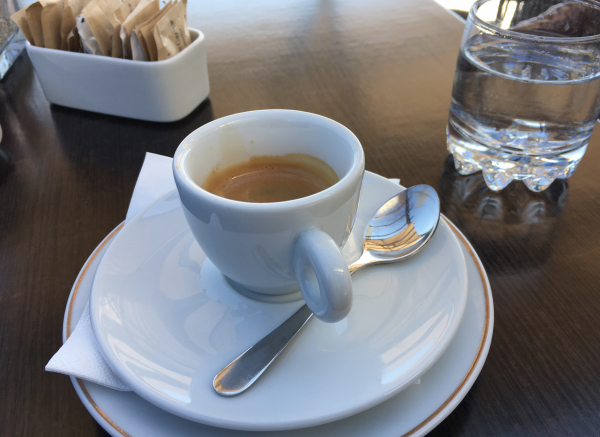
Perfect Espresso, photo: Harald Sack
Espresso – the Essence of Coffee
Espresso is a type of coffee preparation originating in Milan, where hot water is pressed under high pressure using very finely ground coffee grounds from roasted coffee beans. The process results in a concentrated coffee with a thick, hazelnut-brown layer of foam – the crema – which contributes to its aroma. Espresso has its roots in Italy, where this type of coffee was made around 1900 in Milan. Before the introduction of other methods, it was prepared exclusively with steam and served in bars only at the counter and only on request.
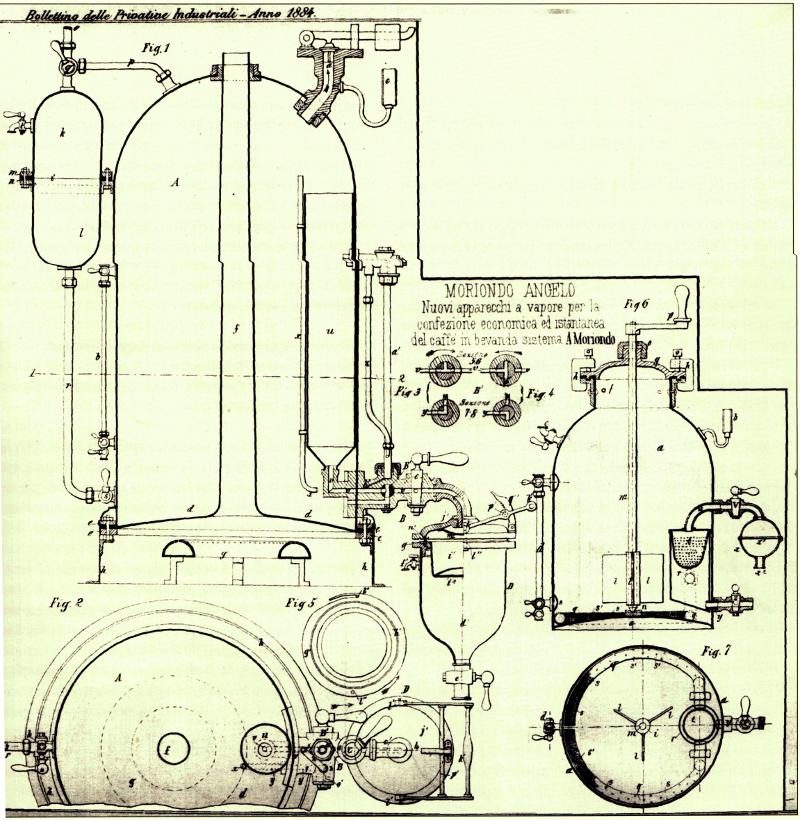
First patent for the espresso machine, Angelo Moriondo (1884)
Angelo Moriondo’s Italian patent for a steam-driven “instantaneous” coffee beverage making device, which was registered in Turin in 1884, probably is the first precursor of modern espresso. Luigi Bezzera, from Milan, came up with a number of improvements to the espresso machine. He patented a number of these, the first of which was applied for on 19 December 1901. It was titled “Innovations in the machinery to prepare and immediately serve coffee beverage“.
“As soon as coffee is in your stomach, there is a general commotion. Ideas begin to move…similes arise, the paper is covered. Coffee is your ally and writing ceases to be a struggle.” — Honore de Balzac (1799-1850)
Susan Jackels, Better Coffee Through Chemistry, [8]
References and Further Reading:
- [1] Coffeehouses in the wikipedia
- [2] Mark Pendergrast: Uncommon Grounds: The History of Coffee and How It Transformed Our World, 2nd ed., Basic Books (2011)
- [3] (in German language) Wien mit Leib und Seele, from Internet Archive
- [4] Voltaire – Libertarian and philosopher, SciBi Blog, November 21, 2012.
- [5] Man was born free… – Jean-Jacques Rousseau, SciHi Blog, June 28, 2012.
- [6] My Brain Is Open : The Mathematical Journeys of Paul Erdos (1998) by Bruce Schechter, p. 155.
- [7] Jean Baptiste le Rond d’Alembert and the Great Encyclopedy, SciHi Blog, November 16, 2012.
- [8] Susan Jackels, Better Coffee Through Chemistry, QUEEN ANNE SCIENCE CAFE, KCTS9, (2014), KTCS9 @ youtube
- [9] Teply, Karl: Die Einführung des Kaffees in Wien. Verein für Geschichte der Stadt Wien, Wien 1980, Vol. 6. p. 104. citated in: Seibel, Anna Maria: Die Bedeutung der Griechen für das wirtschaftliche und kulturelle Leben in Wien. p. 94 online available under: https://utheses.univie.ac.at/detail/1675


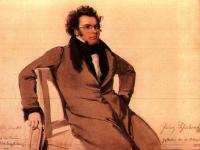
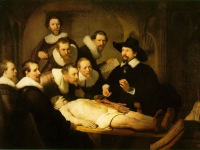
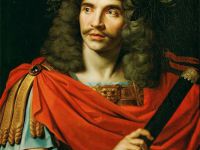

Pingback: Wiener schnitzel goes Keto in the hands of Greek Goes Keto
Very interesting history, but Johannes Diodato (aka Owannes Asadourian) was not Greek, but Armenian, a different ethic group from Greeks. He was granted a charter from the Austrian Emperor of the time for services rendered in procuring silver for the Royal Mint. However, he seems to have been involved in a spying scandal, and had to leave Vienna for Venice, leaving his franchise in the hands of four of his Armenian countrymen.
July 13. 2022.
Thank you very much for the hint! We updated the section accordingly and provided a further reference.
Best regards,
the SciHi Blog team